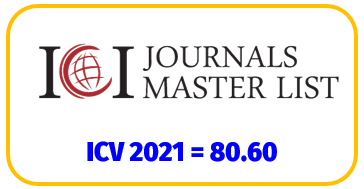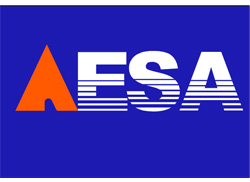Rationing Training Load according to the Nature of the Prevailing Muscular Work and its Effect on the Functional adaptation, Specific Strength and Snatch Achievement for Weightlifters at (14-16 year-old)
Training Load according to the Nature of the Prevailing Muscular Work
DOI:
https://doi.org/10.30472/aesj.v5i1.187Keywords:
Spectrum, Latency, Peak Wave, Area under The curveAbstract
The study aimed at identifying the nature of the prevailing muscular work for some muscular working groups in the snatch (rectus femoris muscle and deltoid or the common shoulder muscle) by adopting two indicators(electric spectrum power and muscular latency period) in order to ration the training load in the program prepared by the Certified Trainer of the Iraqi Central Weightlifting Federation. It also aimed at identifying the extend of muscle fiber adaptation by adopting(electric spectrum power , muscle latency period- peak wave - area under the curve ) according to the type of rationing used; and identifying the effect of training load rationing according to the nature of the prevailing muscular work on specific strength and snatch achievement.
The researcher has conveniently adopted the experimental method in two- group style; the control and the experimental with pre - post -tests. The subjects of the study included (8) weightlifters at (14-16 year-old) divided evenly into two experimental and control groups. Two muscle groups have been identified for their greatest effect on the performance of the snatch (rectus femoris muscle and the deltoid muscle). The pre-tests then applied by the researcher to include:
- Functional tests using (EMG) apparatus with four electrodes were applied to detect several indicators including
-The electric spectrum power, the muscle latency period, the peak wave and the area under the curve indicators. They were adopted in the test for determining the nature of the prevailing muscular work as indicators for the functional adaptation of the target muscles.
- Physical tests (Rear loaded squat, Dead lift, squat snatch, Snatch lifting) applied to identify the specific strength and accomplish the snatch per each member of the subjects.
Procedures continued by classifying the weight lifters according to the nature of the prevailing muscular work, having the rationed training program applied to the subjects of the study, conducting the post tests, and extracting conclusions in the light of the results obtained by the researcher.
The following Conclusions have been developed according of the results obtained by the researcher:
Using (EMG) is a good indicator to detect the nature of the prevailing muscular work. Training according to the nature of the prevailing muscular work contributes to the development of the specific strength variables and functional variables among weightlifters at (14-16 year-old), helps in developing the property of nerve conduction and processing to the working muscles, helps to develop the ability of the muscle to recruit as much as possible of the muscle fibers to fulfill motor task, & helps in saving effort and providing multiple options for coach to establish a training program.
Downloads


















